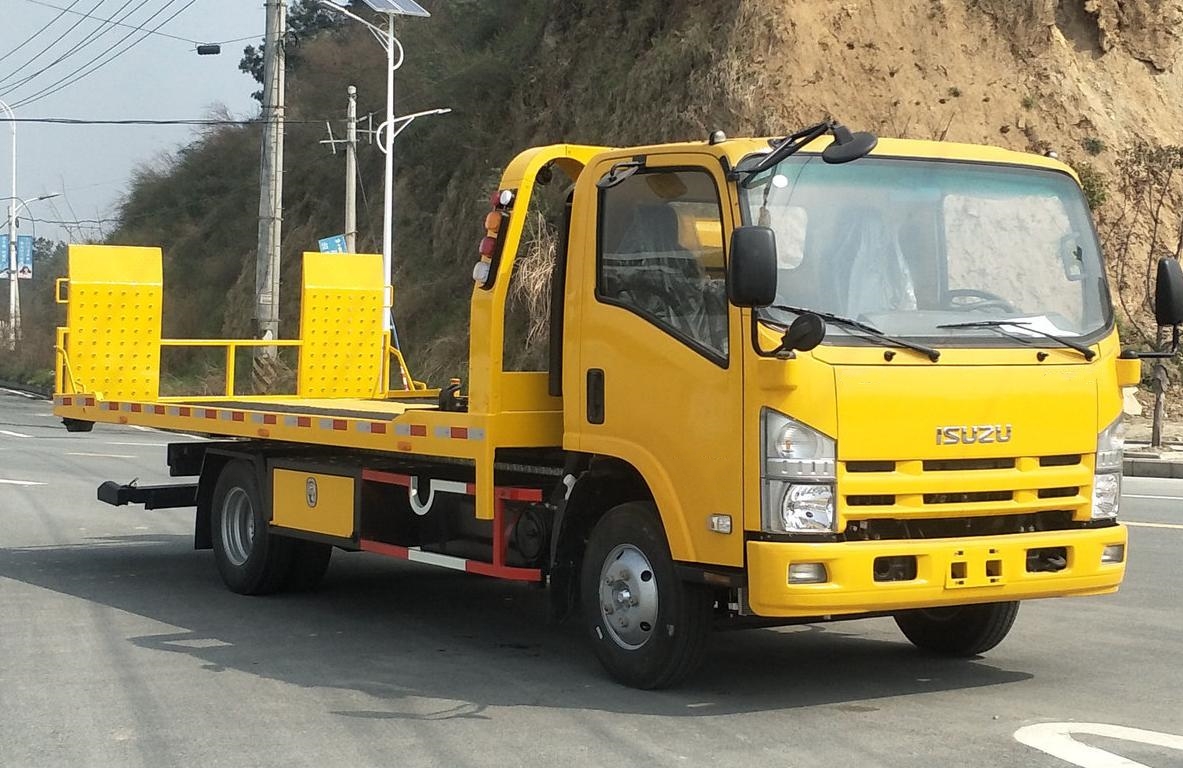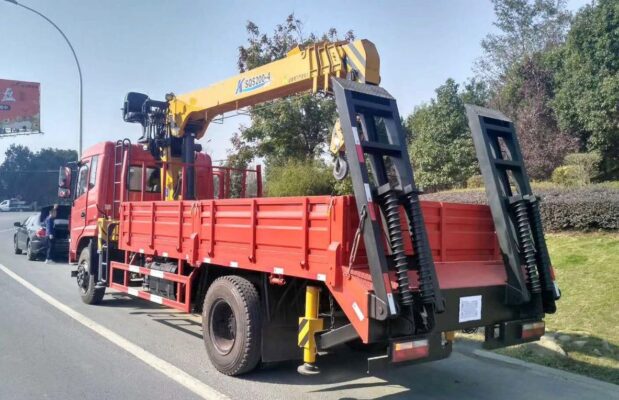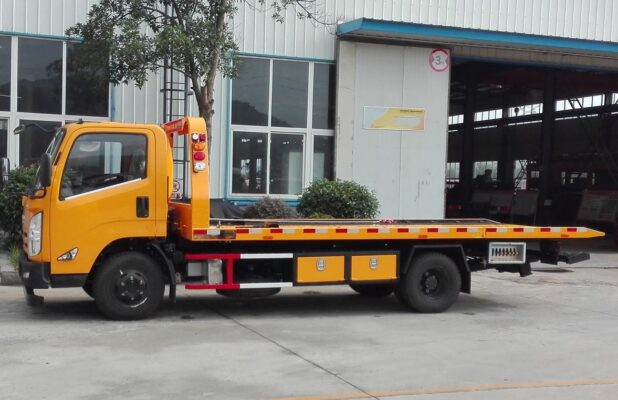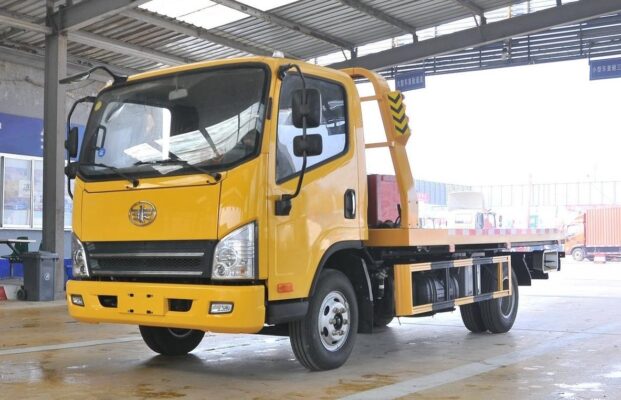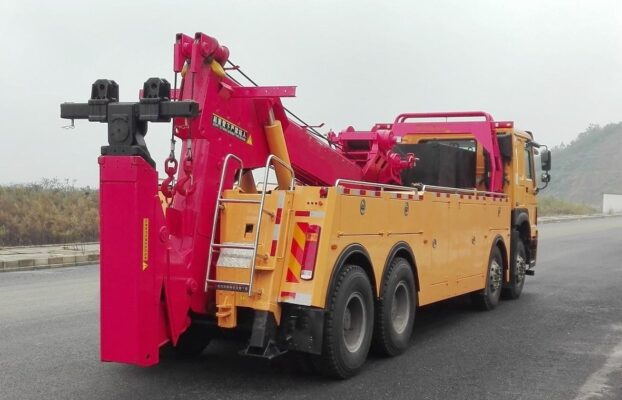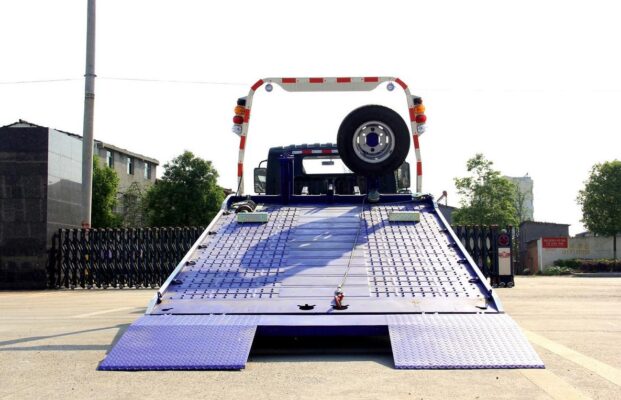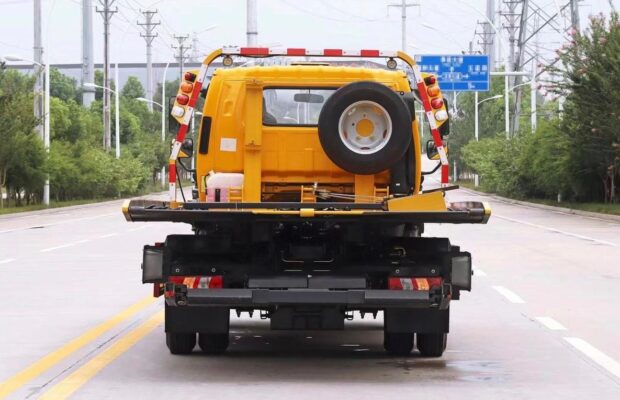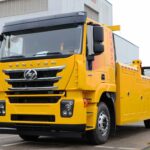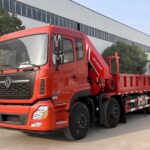Cranes play a vital role in the construction, manufacturing, and shipping industries by providing efficient and safe lifting solutions. Various crane types are designed to meet specific operational needs, each with unique structural characteristics. This comprehensive overview classifies cranes based on their structural design and functionality, highlighting their features, toepassingen, and operational principles.
1. Overhead Type Crane
Definition and Features: An overhead type crane is characterized by a lifting device that is suspended from a trolley or hoist, which runs along an overhead track. This configuration allows for a wide range of lifting heights and movements, making it ideal for indoor environments like warehouses and factories.
Applications: Overhead cranes are commonly used in manufacturing plants, assembly lines, and shipping yards to move heavy loads across a defined space. They are particularly useful in environments where floor space is limited and vertical lifting is required.
2. Bridge Crane
Definition and Features: A bridge crane is a specific type of overhead crane where the bridge structure is directly supported at both ends by running devices on elevated tracks. This design allows for a large span and the ability to cover significant areas within a workspace.
Applications: Bridge cranes are often utilized in industrial settings for lifting and transporting materials across large distances, such as in steel mills, foundries, and large manufacturing facilities.
3. Gantry Crane (Portal Crane)
Definition and Features: A gantry crane, or portal crane, is a bridge-type crane supported on ground tracks or foundations by two side legs. This structure enables the crane to move freely across the ground, making it versatile for outdoor applications.
Applications: Gantry cranes are commonly used in shipyards, construction sites, and heavy-duty manufacturing environments where heavy loads need to be moved over open areas.
4. Semi-Gantry Crane (Semi-Portal Crane)
Definition and Features: The semi-gantry crane is a bridge-type crane that has one side of the bridge supported by elevated tracks (such as those found in high buildings) while the other side is supported by legs on the ground track or foundation. This hybrid design combines the benefits of both overhead and gantry cranes.
Applications: Semi-gantry cranes are ideal for environments where lifting is required near walls or buildings, such as in workshops, magazijnen, and loading bays.
5. Cable Type Crane
Definition and Features: A cable-type crane features a lifting trolley that runs along overhead carrying cables. This design allows for significant flexibility in lifting and moving loads over large distances.
Applications: These cranes are often used in construction sites for lifting materials and equipment, particularly in scenarios where traditional cranes may not be feasible.
6. Cable Crane
Definition and Features: A cable crane is a type of cable crane where the carrying cables are fixed at both ends to the tops of two supports. This fixed structure provides stability and support for lifting operations.
Applications: Cable cranes are frequently employed in large construction projects, such as bridges and high-rise buildings, where they can efficiently transport materials across vast spaces.
7. Portal Cable Crane
Definition and Features: A portal cable crane combines elements of both cable and gantry cranes. It features carrying cables fixed at both ends to a bridge structure that is supported on the ground track by two side legs.
Applications: These cranes are useful for lifting and moving heavy loads in industrial settings, especially where traditional cranes cannot operate effectively.
8. Jib Type Crane
Definition and Features: Jib cranes have a lifting device suspended from the top of a jib (an arm) that may be fixed or can rotate. The jib can move horizontally, allowing for flexible lifting options.
Applications: Jib cranes are commonly used in workshops, manufacturing plants, and warehouses, providing a versatile solution for lifting tasks in confined spaces.
9. Portal Slewing Crane
Definition and Features: A portal slewing crane is a type of jib crane with a rotatable arm that operates on a ground track. This design allows for enhanced access and maneuverability, enabling the crane to reach various positions.
Applications: These cranes are often employed in loading and unloading operations where heavy vehicles need to access the space beneath the crane.
10. Semi-Portal Slewing Crane
Definition and Features: A semi-portal slewing crane is a variation of the semi-portal crane, where one side is supported by a running trolley on elevated tracks, while the other side has legs and a running trolley on the ground track. This design combines the flexibility of slewing with the benefits of a semi-portal structure.
Applications: Semi-portal slewing cranes are frequently used in manufacturing facilities, magazijnen, and shipping yards to maximize lifting and moving capabilities.
11. Toren kraan
Definition and Features: Tower cranes are characterized by a tall vertical tower structure with a jib mounted at the top. This configuration allows for rotation and extensive reach, making tower cranes ideal for high-rise construction projects.
Applications: Tower craneS are commonly used in the construction of skyscrapers, bridges, and large infrastructure projects, providing significant lifting capabilities over great heights.
12. Railway Crane
Definition and Features: Railway cranes are a type of jib crane designed to run on railway tracks. They are specifically engineered for loading and unloading operations, as well as for assisting in overturning accidents involving locomotives and railway cars.
Applications: Railway cranes are predominantly used in rail yards, maintenance depots, and during emergency recovery operations on railway lines.
13. Mobile Crane
Definition and Features: Mobile cranes are equipped with a mast or tower and can operate along untracked surfaces. They rely on their weight to maintain stability when loaded or unloaded, making them versatile for various applications.
Applications: Mobile cranes are widely used in construction, landscaping, and infrastructure development, where they can easily transport to different sites and adjust to diverse lifting needs.
14. Floating Crane
Definition and Features: Floating cranes operate from specialized vessels designed for marine environments. They can either be self-propelled or towed along waterways, providing unique lifting capabilities on water.
Applications: Floating cranes are essential for maritime construction projects, offshore oil and gas operations, and shipbuilding activities.
15. Deck Crane
Definition and Features: A deck crane is a rotating jib crane installed on the deck of a vessel. This type of crane is specifically designed for loading and unloading cargo from ships, offering flexibility in marine operations.
Applications: Deck cranes are vital in shipping and port operations, enabling efficient handling of containers and bulk materials.
16. Derrick Crane
Definition and Features: Derrick cranes feature a jib whose lower end is hinged to a mast’s lower part. The upper end is connected by steel wire to the top of the mast, which remains upright due to support from both the top and bottom. This design provides stability and strength for lifting operations.
Applications: Derrick cranes are commonly used in construction and heavy-lifting applications, especially in situations requiring significant lifting power.
17. Cantilever Crane
Definition and Features: Cantilever cranes are a type of jib crane where the lifting device is suspended at the end of the arm or from a lifting trolley that runs along the cantilever. Unlike other cranes, cantilever cranes cannot pitch.
Applications: These cranes are suitable for a variety of lifting tasks, including loading and unloading materials in warehouses and industrial environments.
18. Pillar Jib Crane
Definition and Features: A pillar jib crane is a cantilever crane with a cantilever that can rotate around a fixed base pillar. This design enables the crane to move in a circular motion, maximizing its operational reach.
Applications: Pillar jib cranes are widely used in workshops and manufacturing plants for efficient lifting and material handling in confined spaces.
19. Wall Crane
Definition and Features: A wall crane is a cantilever crane fixed to a wall or a cantilever crane that can run along an overhead track on the wall or other supporting structures. This design optimizes space utilization while providing lifting capabilities.
Applications: Wall cranes are commonly used in warehouses and production facilities where space is limited, allowing for efficient lifting without occupying floor space.
20. Walking Crane
Definition and Features: Walking cranes are cantilever-type cranes guided by overhead tracks. They can run along ground tracks, providing flexibility and mobility in lifting operations.
Applications: Walking cranes are suitable for large-scale construction sites, magazijnen, and manufacturing plants, allowing for efficient movement of materials and loads.
Conclusie
Cranes are an integral part of modern construction and manufacturing processes, offering versatile lifting solutions for a wide array of applications. Understanding the different types of cranes, their structures, and their specific applications is crucial for selecting the right equipment for each project. This classification highlights the diversity in crane design and functionality, enabling operators and engineers to make informed decisions based on their unique operational requirements. As technology continues to advance, the development of new crane types and features will further enhance efficiency and safety in lifting operations across various industries.

